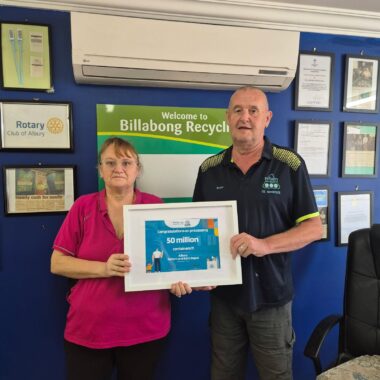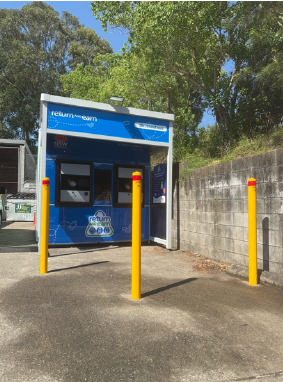Endangered Southern Greater Gliders across the east coast of NSW will be better protected under NSW Environment Protection Authority (EPA) amendments to forestry rules that will protect more hollow-bearing trees in operations where gliders are present.
From 9 February, changes to the Coastal Integrated Forestry Operations Approval (CIFOA) protocols will come into effect, requiring Forestry Corporation of NSW (FCNSW) to meet new protection requirements for southern greater gliders.
EPA Chief Executive Officer, Tony Chappel said the change was a significant step-forward in the long-term protection of gliders as well as other native animals reliant on hollow-bearing trees such as possums, owls and parrots.
“This change means that instead of depending on unreliable point in time surveys to find the habitat of the gliders, we will assume the species is present and conserve their habitat,” Mr Chappel said.
“This ensures the critical habitats of some of our most endangered and much-loved native animals are protected.
“We have reviewed extensive research, sought expert views and believe this change strikes the right balance, resulting in significant ecological and regulatory improvement to the current arrangements.
“We have also consulted FCNSW to ensure any potential timber supply impacts are known and managed.
“If non-compliances with these new conditions are found, the EPA will not hesitate to take appropriate regulatory action to ensure greater gliders are being protected in forestry operations.”
The changes can be found on the EPA website here
The new CIFOA requirements include:
- A 50-metre exclusion zone around known recorded locations of greater glider dens.
- Protection of extra greater glider trees in addition to existing hollow bearing and giant tree requirements:
- Six trees per hectare greater than 80cm in diameter in high greater glider density areas, in addition to the eight hollow bearing trees currently required to be protected.
- Four trees per hectare greater than 50cm in diameter in lower density areas, in addition to the eight hollow bearing trees currently required to be protected.
- The retention of additional hollows and future hollow-bearing trees in areas where greater gliders are less likely to occur.
- Greater glider trees must prioritise hollows (especially ones with evidence of use) where they exist.
- Undertaking of a monitoring program to ensure the ongoing effectiveness of these new rules for greater gliders.
- A new map that shows where these different greater glider areas occur.
Contact details:


